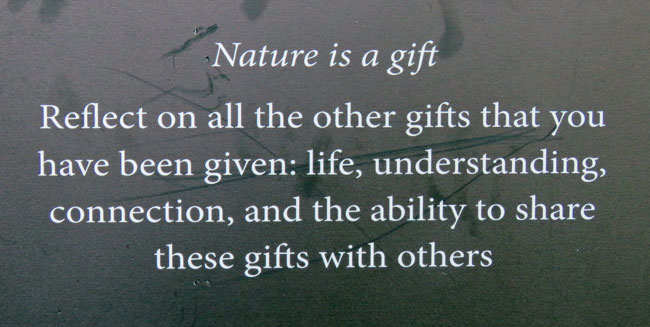
Another gorgeous day for a walk, this time through the meadow and nature preserve at Harkness Memorial State Park.

All the birds were quite far away and the distance was a bit too much for my zoom lens to handle.


When we got to the bird viewing blind at Goshen Cove I was delighted to see and to add a new lifer to my list, even though the dozen or so piping plovers were so tiny and at a good distance…

Piping Plover Charadrius melodus: Endangered, rare to locally uncommon migrant; breeds on sandy beaches with limited human disturbance, mid-March to mid-November.
~ Frank Gallo
(Birding in Connecticut)

Piping Plovers are sandy grayish brown birds with white underparts and a narrow, often broken collar. They have yellowish orange legs in all seasons. In the breeding season, they have an orange bill with a black tip, a black collar, and a black line on the forehead. In the nonbreeding season, the bill is black and the collar fades to gray and doesn’t go all the way around the breast.
~ All About Birds webpage

I was so captivated by the piping plovers I almost missed this willet who came strolling by, much closer to the blind. As if offended, he turned and walked away from me.


Three women came into the blind and were very excited by some activity on the osprey nest. They didn’t notice the piping plovers at all. I finally looked at the ospreys, also too far away for my camera…


After all that stimulation we left the blind and continued along through the lovely meadow. There was a touch of humidity and although it wasn’t too much for me Tim was starting to feel it. This may be our last extended walk for a while. It’s supposed to get hot and humid tomorrow.





While we were taking in a view of Long Island Sound we heard the unmistakable call of approaching American oystercatchers. Three of them finally came into view flying over the sound, parallel to the the shoreline. We followed them with our eyes until the they vanished on the horizon. I hope we’ll get to have some nesting on our beach this summer. We saw them about this time last year.


















































































































































